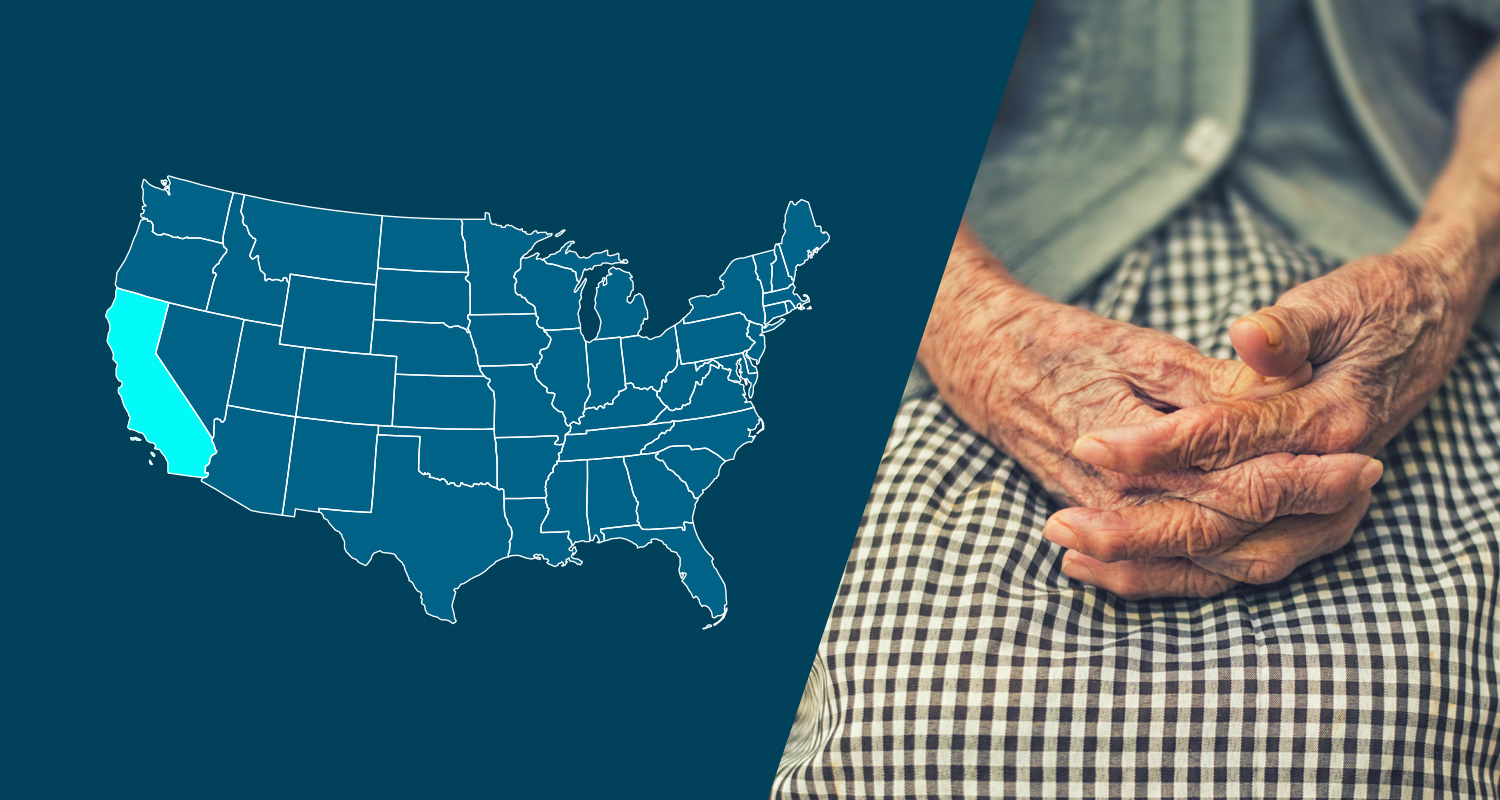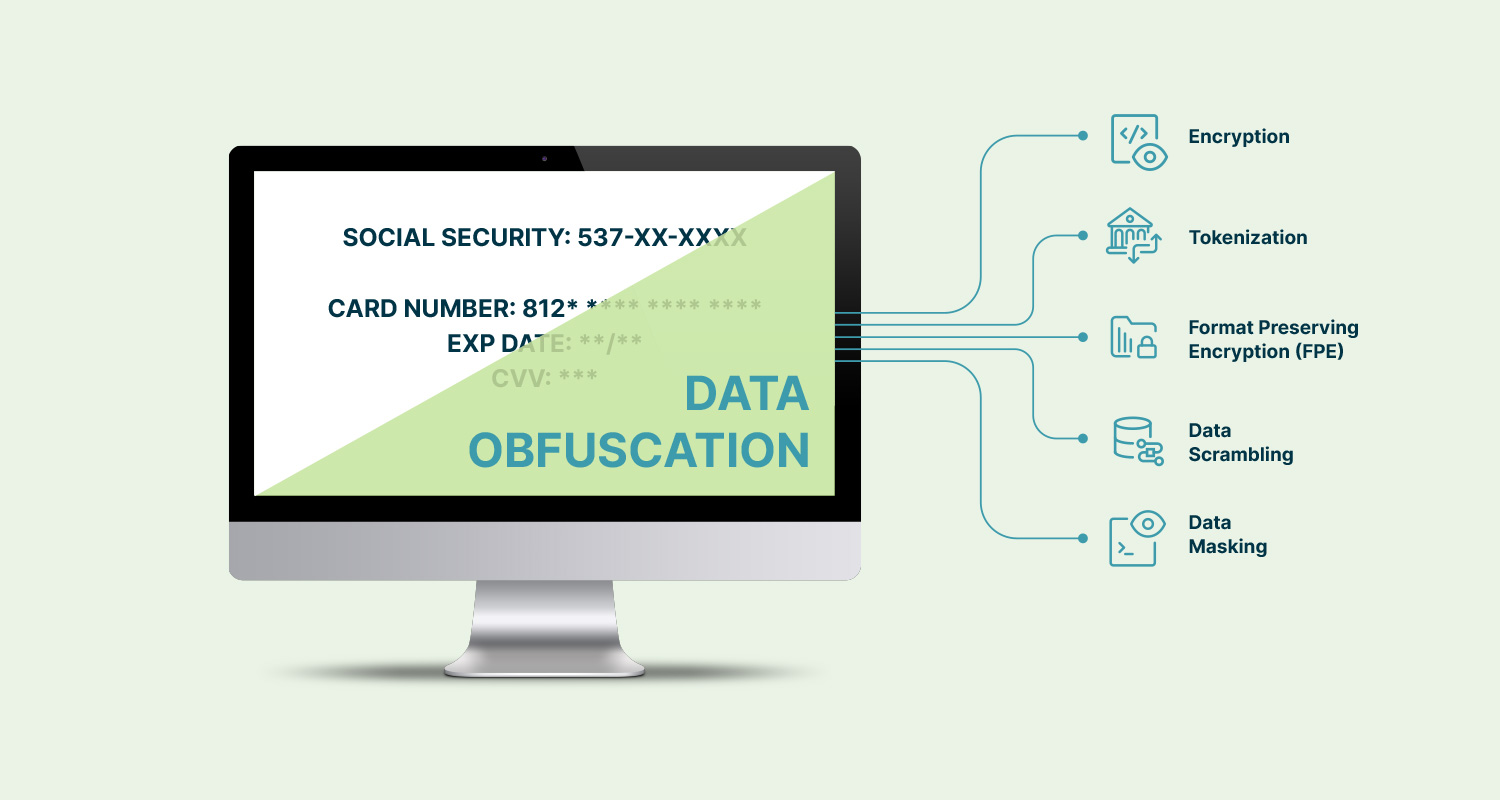With 480 initial public offerings in 2020, and 292 IPOs to date in 2021, analysts forecast that these high numbers will continue into 2022, and may in fact be most active IPO year the U.S. will have seen in a decade. If your company is contemplating or is already decided on an IPO, here are some things to consider to limit your risk and maximize your reward.
Your IPO Timeline
The transition of going from private company to public company is complex, demanding, and costly. The months leading up to the listing are a critical period. During this time, a company has a lot to do, including the following:
- Hire the right team of vendors
- Conduct due diligence
- Develop the IPO prospectus
- File the IPO Registration Statement with the SEC
- Pre-IPO Placement
- The IPO “Roadshow”
- Set Share Price
- Allocate Shares and Initiate Trading
Below is what a typical timeline for a typical IPO looks like:
| Day 1 | Org Meeting |
| Day 60 | First Confidential Submission to SEC |
| Day 100 | Second Confidential Submission to SEC |
| Day 130 | First Public Filing with SEC |
| Day 160 | Second Public Filing with SEC |
| Day 165 | Commence Public Filing with SEC |
| Day 176 | SEC Declares S-1 Effective /Pricing Occurs |
| Day 177 | Trading Begins |
| Day 180 | Close IPO |
IPO and D&O Insurance
While an IPO can lead to many financial rewards and the timeline is a key component, the IPO does significantly change a company’s risk profile, leading us to the next critical item to consider – your directors’ and officers’ liability (D&O) insurance policy.
To effectively protect the company and the decision makers for events that occur both prior and post transaction, you’ll want to ensure that you have the most favorable D&O program in place. Marketing and placement of a public D&O tower, including Side A, can take 90-120 days. You’ll want to execute an NDA with your broker prior to notifying them of the Confidential S1 filing, so they can build the strategy plan for a successful insurance placement. Ideally, your first discussion with your insurance broker should take place at least 180 days prior to the first day of trading.
If your company already purchases private company D&O insurance, you need to partner with your broker to ensure that the coverage you have in place anticipates the risks and exposures leading up to offering. Some of the coverages we specifically recommend looking into are:
Road Show Coverage
Private companies begin to increase their exposure under their D&O program during their IPO planning, including the preparation of their documents for filing and through the IPO road show. Anything that is said or written in communications with potential investors increases a company’s potential liability, and the company should ensure that they have roadshow coverage included within their current private company D&O policy.
Stock Option Coverage
In the lead up to an IPO, many stakeholders look forward to receiving value for their private company stock. However, if a stakeholder is let go from the company prior to the IPO, this can create issues. A company should build coverage for unvested stock options alleged along with a wrongful termination suit.
Ancillary Coverages
Oftentimes, private companies bundle their EPL, and other ancillary lines of coverage, within their D&O program. However, as a public company this presents concerns around the erosion of limits of the D&O. A separate standalone EPL policy should be purchased, as well as fiduciary liability and crime.
In response to the added exposures that are inherent with being a public company, companies also need to review the current limits and increase to a limit adequate to the new exposure. Partner with a broker who offers a guided approach, provides benchmarking, and helps you in your limit purchasing decision. Likewise, another factor of the policy that changes when the public company policy is placed, are retentions. Since 2020, we have seen baseline retentions for IPOs go from $2.5M – $5M to upwards of $15M – $25M. These retentions are markedly higher than private company retentions that typically range from $75K – $150K per claim.
One last consideration is premium. Similar to retentions, premiums increase drastically for public company D&O, and specifically for IPOs. 2019 began with clients seeing premiums at $70,000 – $90,000 “price per million,” and this has continued to increase throughout 2020 and into 2021 with many markets now quoting upwards of $150,000 – $300,000 “price per million.” For California-based companies, premiums are trending toward the higher end of that range.
Ultimately, prior to launching the IPO, companies should work with a trusted property & casualty insurance broker to build an effective D&O program that anticipates and addresses your company’s unique risk profile and provides financial protection to your directors and officers before, during and after an offering.
For more information or to discuss your D&O liability, please reach out to your Sequoia Risk Advisor, or connect with them in HRX.
This blog is for informational purposes only. Accordingly, persons requiring advice should consult independent advisors and legal counsel when developing programs and policies. We do not guarantee the accuracy of this information or any results and further assume no liability in connection with this publication. We undertake no obligation to publicly update or revise any of this information, whether to reflect new information, future developments, events or circumstances or otherwise. The subject matter of this blog is not tied to any specific insurance product nor will adopting these policies and procedures ensure coverage under any insurance policy.




